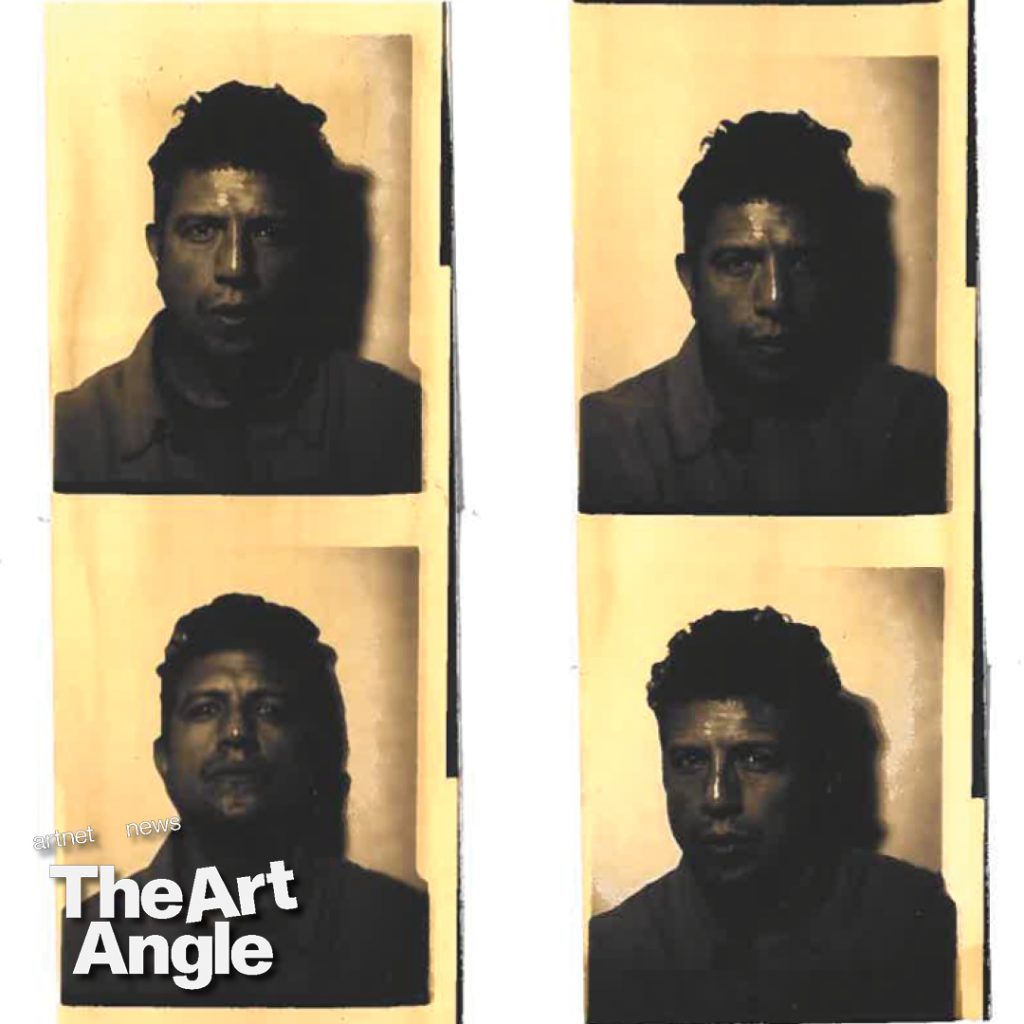The Art Angle
James Fuentes Has His Own Playbook for Success. It’s Working.
In a world of rapid expansion, Fuentes is taking a slow and steady approach.

In a world of rapid expansion, Fuentes is taking a slow and steady approach.

Artnet News

Welcome to the Art Angle, a podcast from Artnet News that delves into the places where the art world meets the real world, bringing each week’s biggest story down to earth. Join us every week for an in-depth look at what matters most in museums, the art market, and much more, with input from our own writers and editors, as well as artists, curators, and other top experts in the field.
It has been 17 years since James Fuentes first hung a shingle out under his own name. In the years since, he has carved out a unique position in the contemporary art world, representing an eclectic mix of older, sometimes overlooked artists, alongside younger, buzzier names.
Prior to striking out on his own, Fuentes worked for a handful of high-profile gallerists, including Jeffrey Deitch, whose eye he first caught with an ambitious pitch for a reality television show about artists, an idea that was way ahead of its time, considering it was the early aughts.
Fuentes has long been a mainstay of the Lower East Side, which happens to be the same area where he grew up. Between his first smaller gallery on the appropriately named St James Place, and later at a larger location on Delancey Street, he has watched neighborhood undergo seismic shifts. Amid all of the changes, he still regards the Lower East Side as a thriving and incredibly diverse place to live and work.
Last year, Fuentes joined the ranks of East Coast dealers heading out West to open a gallery in the burgeoning art scene of Los Angeles. Just as he is set to mark the one year anniversary on Melrose Avenue, another major change is underway: a big move across town in Manhattan to the new gallery hub of Tribeca, into a 3,000-square-foot, ground-floor space on White Street.
This week on the podcast, senior reporter Eileen Kinsella caught up with Fuentes to talk about growing up in New York City during the heyday of hip hop and graffiti art, and his unique approach to the art business, alongside the broader growth and changes in the art world at large.